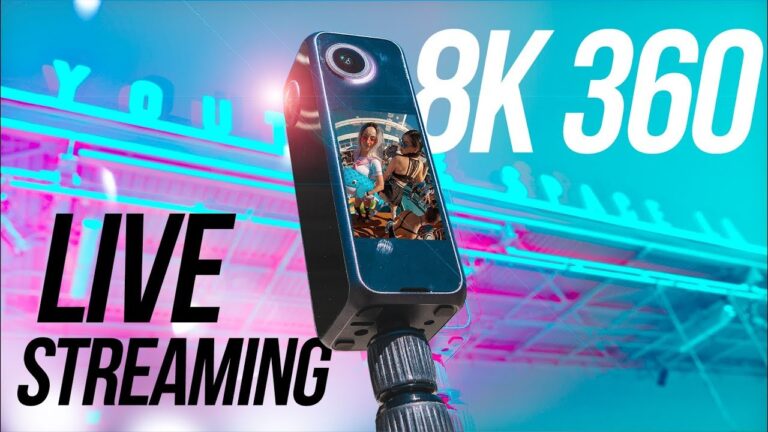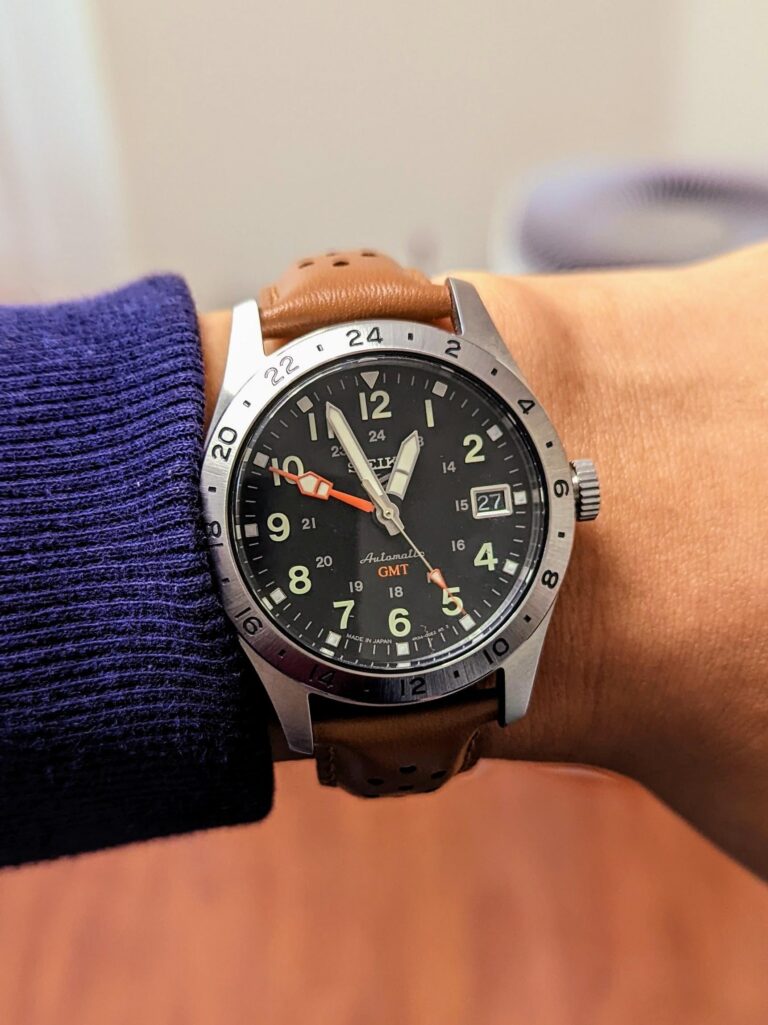Why Can’t the Other Person Hear My Stream Audio? Troubleshoot Now
“Why can’t the other person hear my stream audio?” This is a common issue many streamers face.
Often, the problem lies in the settings or equipment. Streaming has become a popular way to share content online. But technical issues can spoil the experience. One of the most frustrating problems is when your audience can’t hear your audio.
This can be due to several reasons. Maybe the microphone isn’t working. Or the audio settings are off. In this post, we’ll explore the common causes and solutions. Understanding these can help you fix the issue quickly. Let’s ensure your audience never misses a word.

Credit: www.youtube.com
Check Your Microphone
Have you ever streamed a game or a video and noticed that others can’t hear your audio? This can be frustrating. The first thing to check is your microphone. Ensuring it works correctly can solve many audio issues.
Ensure Proper Connection
First, make sure your microphone is plugged in securely. Sometimes, connections can be loose or disconnected. Check both ends of the cable. If you use a USB microphone, try plugging it into a different port. This can often solve connection problems.
Update Drivers
Drivers help your computer communicate with your microphone. If your drivers are outdated, your microphone might not work properly. Go to your computer’s device manager. Find your microphone in the list. Right-click on it and select “Update driver.” Follow the instructions on the screen to complete the update.
Inspect Audio Settings
Inspecting your audio settings is crucial when others can’t hear your stream audio. Simple adjustments can make a significant difference. Let’s break down how to inspect and correct your audio settings effectively.
Correct Input Device
First, ensure you’re using the correct input device. This might sound obvious, but it’s a common oversight. If you’re using an external microphone, make sure it’s selected as your input device.
Navigate to your streaming software settings. Check the audio input section. Ensure your microphone is listed and selected.
Sometimes, your system might default to an internal mic. This can result in poor audio quality or no audio at all. Double-check and select your external mic if necessary.
Have you ever wondered why your new mic doesn’t sound any better than the built-in one? It might be because the system is still using the built-in mic. Make sure your preferred mic is the active one.
Volume Levels
Adjusting volume levels is another important step. Both your microphone and system volumes need to be set correctly.
Open your streaming software and locate the audio mixer. Check the volume levels for your microphone. Ensure it’s neither too low nor too high.
Too low, and your viewers won’t hear you. Too high, and your audio might distort or clip. Aim for a balanced level where your voice is clear and loud enough.
Have you ever experienced viewers complaining about audio being too quiet or too loud? This is often due to improper volume settings. Keep an eye on your audio levels and adjust them accordingly.
Remember, your system sound settings also play a role. Check your computer’s audio settings and ensure the microphone volume is set correctly. This might seem like a small detail, but it can significantly impact the overall audio quality of your stream.
Inspecting and adjusting your audio settings can resolve many issues with stream audio. Make sure your input device is correct, and your volume levels are properly set. These small steps can make a big difference in the quality of your stream.
Verify Streaming Software
Having trouble with your stream’s audio can be frustrating. Often, the problem lies in the streaming software settings. Checking these settings can solve the issue quickly. Let’s dive into some common areas to check.
Audio Source Configuration
Ensure your audio source is configured correctly. Open your streaming software and check the audio settings. Verify that your microphone and other audio sources are selected. If not, the stream won’t pick up any sound.
Also, check if the audio sources are active. Some software allows multiple sources. Make sure the correct one is active.
Mute Settings
Muted audio is a common issue. Check the mute settings in your streaming software. Sometimes, a source might be muted by mistake. Unmute it to restore sound.
Additionally, check your hardware mute settings. Many microphones have a mute button. Ensure it is not activated.
Test Internet Connection
Experiencing issues with your stream audio? One of the first steps to troubleshoot the problem is to test your internet connection. A stable and fast internet connection is crucial for clear audio during a stream. Let’s dive into how you can check and improve your internet connection to ensure your stream audio is heard loud and clear.
Check Bandwidth
Bandwidth plays a significant role in streaming audio. If your bandwidth is too low, your audio quality will suffer, and your viewers might not hear anything at all.
To check your bandwidth, you can use free online tools like Speedtest.net. Aim for an upload speed of at least 3 Mbps for a smooth streaming experience.
Have you ever noticed your stream becoming choppy during peak hours? It’s probably because many devices are competing for the same bandwidth.
Reduce Network Congestion
Network congestion can also affect your stream’s audio quality. If multiple devices are using the same network, your stream might not get the bandwidth it needs.
Consider disconnecting devices that are not in use. This can free up bandwidth for your stream.
Another tip: Try streaming during off-peak hours. Fewer people online means less congestion and a better streaming experience.
Have you tried using a wired connection? Wired connections are generally more stable than wireless ones and can help improve your stream’s audio quality.
By ensuring a stable and fast internet connection, you can significantly improve your stream audio quality. Test your bandwidth and reduce network congestion to keep your audience engaged and enjoying clear audio.
Examine Hardware Issues
Check your microphone connections and settings. Adjust audio input settings on your streaming software. Ensure no hardware issues interfere with your stream audio.
### Examine Hardware Issues If your stream audio is not reaching your audience, it’s crucial to consider hardware issues. Hardware problems are often overlooked but can be the root cause of your audio troubles. Let’s dig into two common areas: cables and microphones.Faulty Cables
Faulty cables can sabotage your streaming audio. Even if the rest of your setup is perfect, a bad cable can ruin everything. Inspect your audio cables for visible damage. Look for frayed ends, kinks, or exposed wires. These signs indicate that your cable may need replacing. Try swapping out the cables with new or working ones. A quick swap can help you determine if the cable is the problem. Always keep spare cables on hand for emergencies.Microphone Damage
Your microphone is another critical piece of hardware. If it’s damaged, your audio quality will suffer. Check your microphone for visible damage. This includes dents, scratches, or broken parts. Also, ensure the microphone is securely connected to your computer. Test the microphone with another device. This will help you determine if the issue lies with the mic or something else in your setup. If the microphone works on another device, the problem might be with your computer settings or software. Have you ever thought about the last time you checked your hardware? Regular inspections can save you from unexpected technical difficulties during a live stream. By focusing on these hardware issues, you can ensure a smoother and more reliable streaming experience for your audience.
Credit: www.reddit.com
Adjust System Preferences
Struggling with stream audio issues? Adjusting system preferences might help. Many times, the problem lies in system settings. Let’s explore key areas that might be affecting your stream audio.
Sound Settings
First, check your sound settings. Open the sound control panel. Ensure the correct output device is selected. If the wrong device is chosen, your audience won’t hear anything. Make sure your microphone is set as the input device. This is crucial for clear audio transmission. Test the volume levels. Adjust if necessary. A low volume might be the culprit.
Privacy Permissions
Next, review your privacy permissions. These settings control app access to your microphone. Without the right permissions, your stream audio won’t work. Open the privacy settings on your device. Look for the microphone section. Ensure your streaming software has permission to use the microphone. This step is often overlooked. Yet, it’s vital for proper audio function.
Update Software
Updating software is a critical step in troubleshooting audio issues on your stream. Whether you’re using streaming software or your computer’s operating system, keeping everything up to date can often resolve unexpected problems. Let’s dive into the specifics of what you should update and why it matters.
Streaming Software Updates
Streaming software, like OBS or Streamlabs, frequently releases updates to fix bugs and improve functionality. If the other person can’t hear your stream audio, an outdated version of your streaming software could be the culprit. Check the software’s website or your program’s settings for updates.
Updating your streaming software is straightforward. Usually, there’s a notification or a prompt when you open the software. Follow the instructions to download and install the latest version.
Sometimes, updates can reset your settings to default. Double-check your audio settings after updating to ensure everything is configured correctly. This proactive step can save you from future audio mishaps.
Operating System Updates
Your computer’s operating system also needs regular updates. These updates can include important drivers and patches that affect your audio. Ignoring these updates might lead to compatibility issues.
To update your operating system, go to your system settings. On Windows, this is usually found under “Update & Security.” On a Mac, look under “Software Update” in System Preferences. Make sure you have the latest updates installed.
Have you ever skipped an update because you were in a rush? It happens to all of us. But missing an update can sometimes cause unexpected problems, like audio issues during your stream.
Have you checked both your streaming software and operating system for updates recently? Keeping everything current ensures you’re using the most stable and efficient versions available.
Updating software might seem like a minor task, but it can have a big impact on your streaming experience. Take a few minutes to ensure everything is up to date. Your audience—and your future self—will thank you.
Consult Online Forums
Explore online forums to solve why your stream audio isn’t heard. Get tips from experienced users and experts.
When you’re streaming, audio issues can be a real headache. One of the best ways to tackle these problems is by consulting online forums. These forums are treasure troves of information and can provide solutions to issues that you might not have thought of. Plus, you get to interact with people who have been in your shoes and found ways to fix the problem.Common Issues
One common issue is the audio being muted or not configured properly in your streaming software. You might have overlooked a simple setting, and someone in the forum can point it out quickly. Another issue could be outdated drivers. This might seem trivial, but it’s often a hidden culprit behind many audio issues. Sometimes, the problem lies with the hardware. Broken cables, faulty microphones, or even ports that have stopped working can all lead to audio issues.Community Solutions
The community is your best friend here. People share their experiences and solutions that have worked for them, making it easier for you to solve your own issues. If it’s a software issue, you might find detailed step-by-step guides. For instance, if your audio is not coming through, someone might suggest checking the audio input source in your streaming software settings. For hardware problems, users often recommend checking all connections. They may also share tips on using external audio interfaces for better quality and reliability. Have you ever thought about the possibility that your microphone settings are incorrect in your operating system? Sometimes, it’s the simplest things that trip us up. A quick visit to an online forum can provide a checklist of things to verify. Being part of a community also means you can ask questions. When you’re stuck, post a detailed description of your issue. The more specific you are, the better help you’ll receive. So, why struggle alone? Use the collective wisdom of online forums to get your stream audio issues resolved quickly and effectively. Have you tried consulting an online forum yet?
Credit: www.reddit.com
Frequently Asked Questions
Why Can’t My Stream Hear My Friends?
Your stream can’t hear your friends due to incorrect audio settings. Check your audio input and output configurations. Ensure your streaming software captures all audio sources.
Why Can’t My Friends Hear My Discord Stream Audio?
Your friends can’t hear your Discord stream audio due to incorrect audio settings or missing permissions. Check your input/output devices and grant necessary permissions.
How To Make It So People Can Hear Your Stream On Discord?
To make people hear your stream on Discord, share your screen, select the application, and enable sound. Check audio settings and ensure “Stereo Mix” or similar is enabled.
Why Does My Live Stream Have No Sound?
Your live stream might have no sound due to muted microphone, incorrect audio settings, faulty cables, or software issues. Check all connections and settings.
Conclusion
Ensuring clear audio in your stream is vital for viewer engagement. Check your hardware. Update drivers regularly. Adjust audio settings for optimal performance. Test your microphone before streaming. Ask for feedback from viewers. Simple steps can resolve most issues. Remember, good audio enhances the streaming experience.
Your audience will appreciate the effort. Keep your stream enjoyable and professional. Happy streaming!





